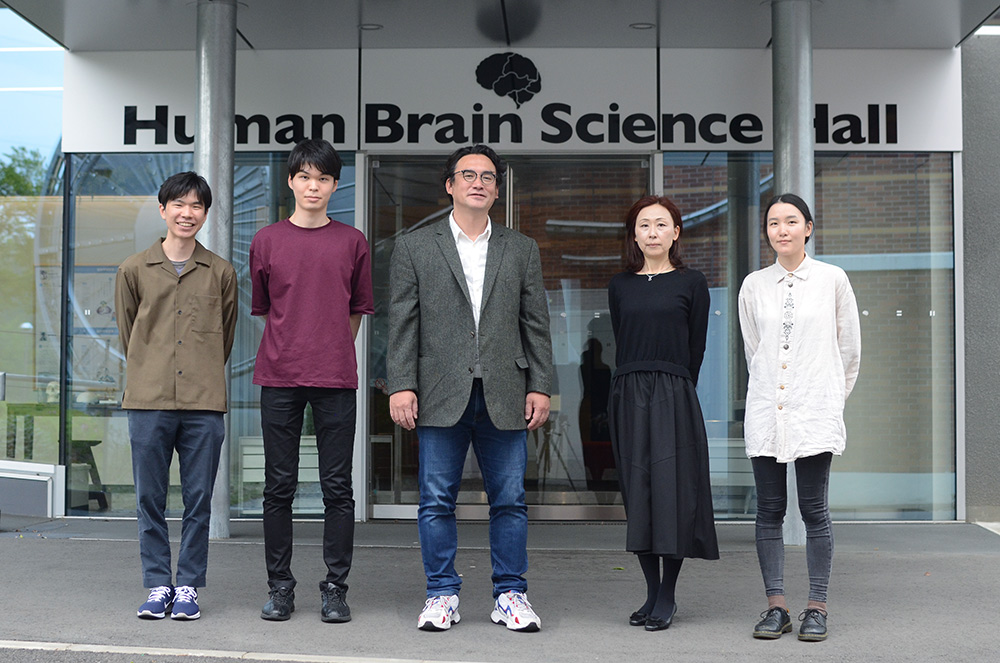Research Topics
1.Value functions and representation learning in the basal ganglia
Electrophysiological and brain imaging studies have shown that the basal ganglia play an important role in reward-based decision making. We are studying how neural activities are represented during decision making at the level of individual neurons. Previous studies have shown that information about the value of predicting future rewards is represented in each choice, and that information about the value of chosen target before choosing a movement is represented in neuronal activity in the striatum of the basal ganglia.
We use electrophysiological methods to measure neural activity in monkeys during behavior and the theory of reinforcement learning to study neural representations and algorithms. How are neural circuits in the cerebral cortex and basal ganglia involved in "choice" to make use of past experiences in the future? My goal is to elucidate the mechanism of decision making, such as how information processing is abnormal in neurological diseases such as addiction.
2.Mechanisms for Generating Communication Symbols
Our actions are not only to move around in our environment or manipulate objects, but also to communicate with others. Using symbols to communicate our intentions to others is one of our essential abilities to cooperate with others. But how do we learn, agree with others, and use it as communicative language?
To understand the neural mechanisms that allow us to communicate with others in written and spoken language, we are using an experimental paradigm in which subjects form agreements with the meaning of symbols and cooperate with others. These learning behaviors in the paradigm could be modeled by using Bayesian prediction framework and reinforcement learning. This will help to reveal the evolutionary nature of language learning and the innate biases that humans have. Our goal is to clarify the basic principles of language communication and the nature of learning.
3.Psychological and neural basis of human-animal communication
People also communicate using non-verbal information. Through gestures, nods, gazes, facial expressions, etc., we can infer the cognitive state (what we understand or not) and emotional state (pleasant, unpleasant, happy, sad, etc.) of others, and act accordingly. To understand this mechanism, we can use communication between animals and humans. It is convenient to study about non-verbal communication because animals are not capable of verbal understanding . Domesticated animals, such as dogs and horses, have been shown to be able to use human emotional states and gaze information. Nonverbal communication becomes more effective as the bond is formed. Our goal is to clarify the learning process psychologically and behaviorally, and to elucidate the neural mechanisms by capturing the corresponding changes in the brain.
